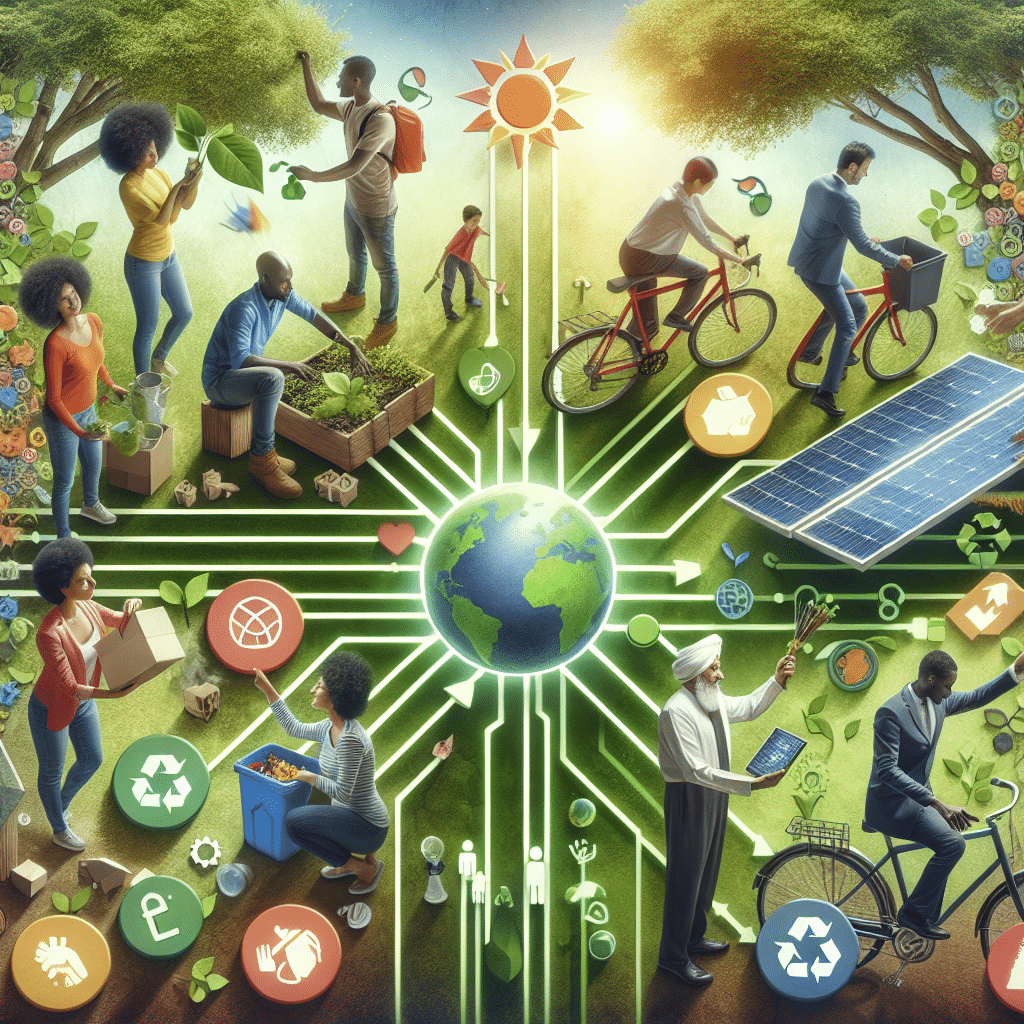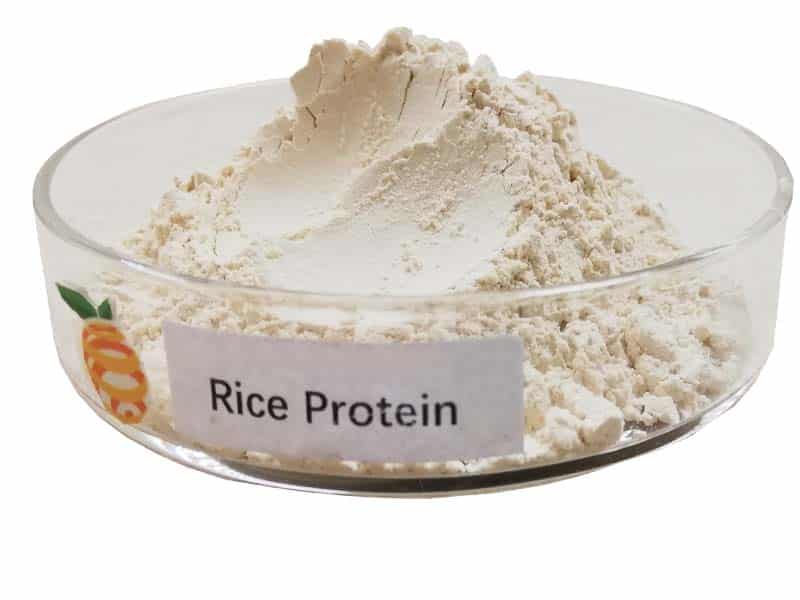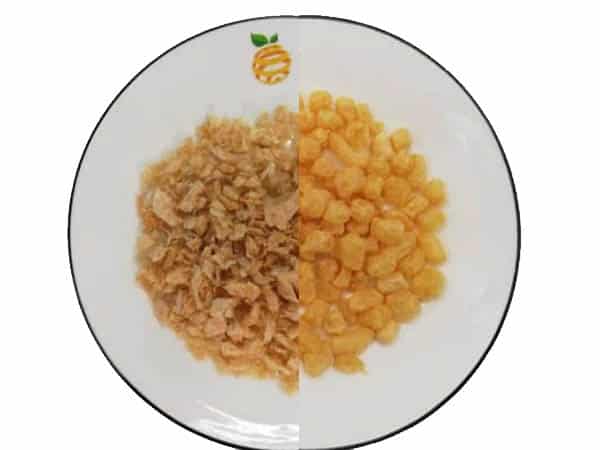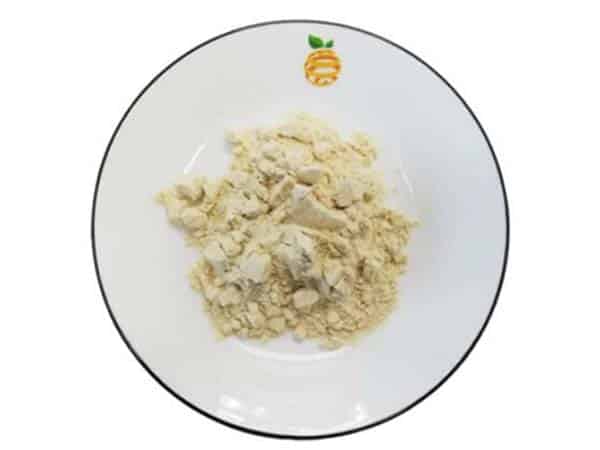Driving Collective Impact to Achieve Sustainability Objectives
-
Table of Contents
- Driving Collective Impact for Sustainable Development Goals
- Understanding Collective Impact
- The Five Conditions of Collective Success
- Case Studies and Statistics: Collective Impact in Action
- Strategies for Driving Collective Impact
- Challenges and Solutions in Collective Impact Initiatives
- Conclusion: The Path Forward with Collective Impact
- ETprotein: Supporting Sustainability with High-Quality Protein Products
Driving Collective Impact for Sustainable Development Goals

Sustainability objectives are no longer just an idealistic pursuit; they are a necessity for the survival and prosperity of our planet and its inhabitants. Achieving these objectives requires a concerted effort that transcends individual actions and focuses on collective impact. This article explores the concept of collective impact and how it can be harnessed to drive sustainability objectives forward.
Understanding Collective Impact
Collective impact is a structured approach to making collaboration work across government, business, philanthropy, non-profit organizations, and citizens to achieve significant and lasting social change. It involves aligning agendas, resources, and actions to solve complex social problems.
The Five Conditions of Collective Success
According to Kania and Kramer, the pioneers of the collective impact framework, there are five conditions that, when designed and implemented together, lead to meaningful results:
- Common Agenda: All participants have a shared vision for change.
- Shared Measurement: Collecting data and measuring results consistently.
- Mutually Reinforcing Activities: Participant activities must be differentiated while still being coordinated through a mutually reinforcing plan of action.
- Continuous Communication: Consistent and open communication is needed across the many players to build trust.
- Backbone Support: Creating and managing collective impact requires a separate organization with staff and a specific set of skills to serve as the backbone for the entire initiative.
Case Studies and Statistics: Collective Impact in Action
Several case studies demonstrate the effectiveness of collective impact in achieving sustainability objectives. For instance, the Sustainable Apparel Coalition, which includes brands like Nike and Patagonia, works to reduce the environmental and social impacts of apparel and footwear products. This coalition has developed the Higg Index, a standardized supply chain measurement tool used by more than 8,000 manufacturers globally.
Another example is the 2030 Districts Network, a unique private-public collaboration in North America, which aims to create urban districts that reduce their environmental impacts. As of 2021, member districts have collectively reduced energy use by 23%, water use by 19%, and transportation emissions by 39%.
Strategies for Driving Collective Impact
To drive collective impact effectively, organizations and individuals can adopt several strategies:
- Engage diverse stakeholders to ensure all perspectives are represented.
- Establish clear and measurable sustainability goals.
- Develop a shared measurement system to track progress and foster accountability.
- Build public awareness and support for sustainability initiatives.
- Invest in backbone organizations that can coordinate and manage collective efforts.
Challenges and Solutions in Collective Impact Initiatives
While collective impact is a powerful tool, it is not without challenges. These include aligning diverse agendas, ensuring equitable participation, and maintaining long-term commitment. To overcome these challenges, stakeholders can:
- Facilitate inclusive dialogue and decision-making processes.
- Ensure transparency in operations and decision-making.
- Develop a robust governance structure to manage the collective effort.
- Secure long-term funding to sustain initiatives.
Conclusion: The Path Forward with Collective Impact
Collective impact offers a promising path to achieving sustainability objectives. By bringing together diverse stakeholders, aligning goals and measurements, and fostering continuous communication and collaboration, we can drive significant change. The success of collective impact initiatives around the world serves as a testament to the power of this approach.
The key takeaways for driving collective impact include establishing a common agenda, developing shared measurement practices, engaging in mutually reinforcing activities, maintaining continuous communication, and providing backbone support. By adhering to these principles, organizations and communities can work together to create a more sustainable future.
ETprotein: Supporting Sustainability with High-Quality Protein Products
In line with sustainability objectives, ETprotein company’s protein products offer an eco-friendly alternative to traditional animal-based proteins. Their range of organic bulk vegan proteins, including rice, pea, and various seed proteins, are non-GMO and allergen-free, making them suitable for a wide array of industries.
ETprotein’s commitment to quality and sustainability is evident in their L-(+)-Ergothioneine (EGT) offerings, which boast over 98% purity. These products cater to the nutraceutical, pharmaceutical, cosmeceutical, and food and beverage industries, among others, providing a sustainable option for companies looking to reduce their environmental footprint.
For those interested in incorporating sustainable protein sources into their products, ETprotein is a reliable partner. Their expertise in exporting and delivering tailor-made protein powder and nutritional supplements ensures that businesses can meet their sustainability goals without compromising on quality.
About ETprotein:
ETprotein, a reputable protein and L-(+)-Ergothioneine (EGT) Chinese factory manufacturer and supplier, is renowned for producing, stocking, exporting, and delivering the highest quality organic bulk vegan proteins and L-(+)-Ergothioneine. They include Organic rice protein, clear rice protein, pea protein, clear pea protein, watermelon seed protein, pumpkin seed protein, sunflower seed protein, mung bean protein, peanut protein, and L-(+)-Ergothioneine EGT Pharmaceutical grade, L-(+)-Ergothioneine EGT food grade, L-(+)-Ergothioneine EGT cosmetic grade, L-(+)-Ergothioneine EGT reference grade and L-(+)-Ergothioneine EGT standard. Their offerings, characterized by a neutral taste, non-GMO, allergen-free attributes, with L-(+)-Ergothioneine purity over 98%, 99%, cater to a diverse range of industries. They serve nutraceutical, pharmaceutical, cosmeceutical, veterinary, as well as food and beverage finished product distributors, traders, and manufacturers across Europe, USA, Canada, Australia, Thailand, Japan, Korea, Brazil, and Chile, among others.
ETprotein specialization includes exporting and delivering tailor-made protein powder and finished nutritional supplements. Their extensive product range covers sectors like Food and Beverage, Sports Nutrition, Weight Management, Dietary Supplements, Health and Wellness Products, and Infant Formula, ensuring comprehensive solutions to meet all your protein needs.
As a trusted company by leading global food and beverage brands and Fortune 500 companies, ETprotein reinforces China’s reputation in the global arena. For more information or to sample their products, please contact them and email sales(at)ETprotein.com today.












